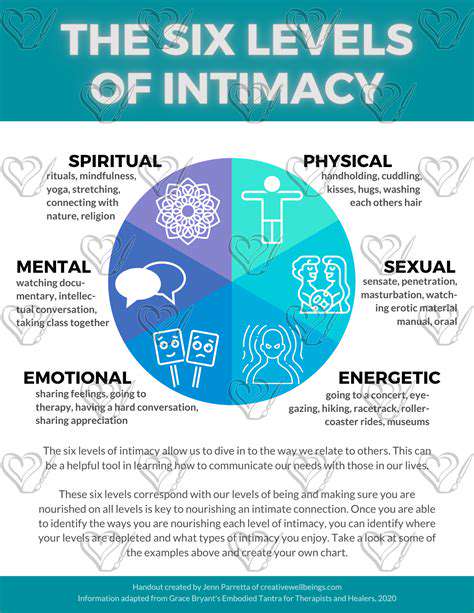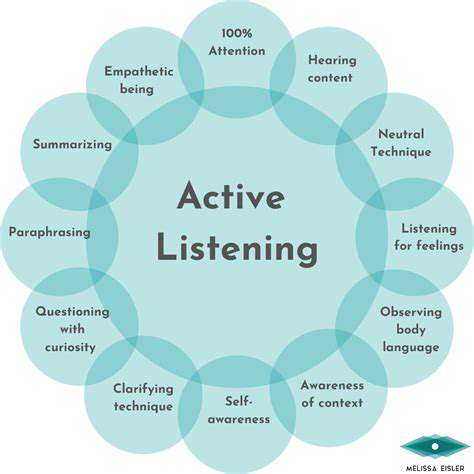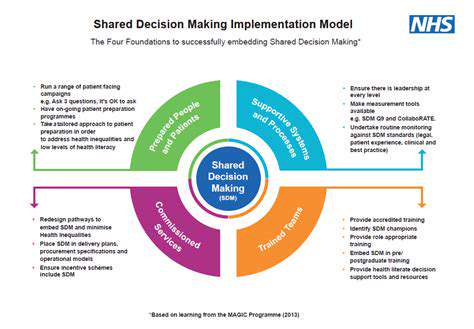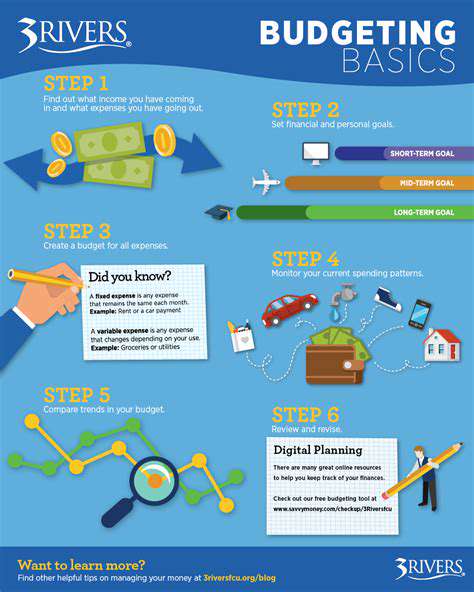Addressing Erectile Dysfunction or Pain During Married Sex Life
- Blood panels checking testosterone, cholesterol, and blood sugar levels
- Cardiovascular assessments including blood pressure monitoring
- Specialized urological exams when structural abnormalities are suspected
Advanced diagnostics like nocturnal penile tumescence tests help differentiate between physical and psychological ED causes by measuring nighttime erections. These objective measurements provide crucial data for developing targeted treatment plans.
Treatment Options and Management Strategies
Modern medicine offers multiple pathways to address ED:
| Approach | Examples | Considerations |
|---|---|---|
| Lifestyle Modifications | Smoking cessation, weight management, stress reduction | Foundation for all other treatments |
| Oral Medications | Sildenafil (Viagra), Tadalafil (Cialis) | Require proper medical supervision |
| Mechanical Options | Vacuum pumps, penile implants | Higher success rates for specific cases |
Combination therapies often yield best results. For instance, pairing medication with couples counseling addresses both physiological and relationship aspects simultaneously.
Enhancing Intimacy and Addressing Pain
Understanding the Connection Between Intimacy and Pain
The mind-body connection in sexual health cannot be overstated. Chronic pelvic pain syndromes affect nearly 15% of men, often creating avoidance behaviors that strain relationships. Breaking this cycle requires addressing both physical discomfort and emotional distress.
Physical Factors Contributing to Pain During Intimacy
Common physical culprits include:
- Pelvic floor muscle dysfunction
- Chronic prostatitis/chronic pelvic pain syndrome (CP/CPPS)
- Post-surgical nerve damage
Targeted physical therapy regimens can significantly improve these conditions when properly diagnosed. Myofascial release techniques and biofeedback training show particular promise.
Emotional and Psychological Factors Influencing Intimacy
The psychological dimension requires equal attention. Cognitive Behavioral Therapy (CBT) effectively addresses:
- Performance anxiety
- Body image concerns
- Depression-related sexual dysfunction
Mindfulness practices also help men reconnect with physical sensations without judgment or expectation.
Strategies for Enhancing Intimacy While Managing Pain
Practical approaches include:
- Sensate focus exercises to reduce performance pressure
- Gradual exposure to intimate contact
- Non-penetrative sexual exploration
Communication techniques like I-statements help partners express needs without creating defensiveness. For example: I feel closest when we cuddle without expectations rather than You always rush things.
The Importance of Professional Support and Open Communication
Multidisciplinary care teams often yield best outcomes, combining:
- Urologists for physical aspects
- Psychologists for emotional components
- Physical therapists for musculoskeletal issues
Regular check-ins with all providers ensure treatment plans evolve as needs change. Partners who attend appointments together frequently report higher satisfaction with outcomes.










